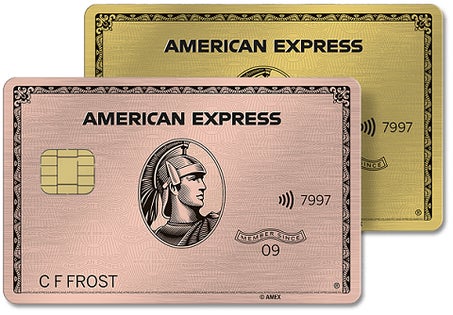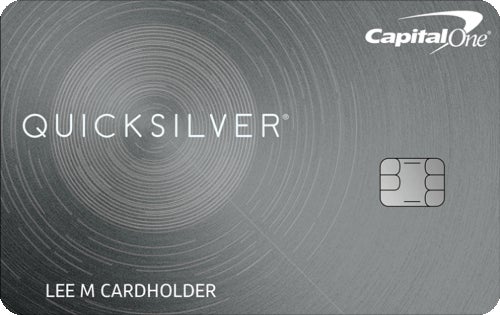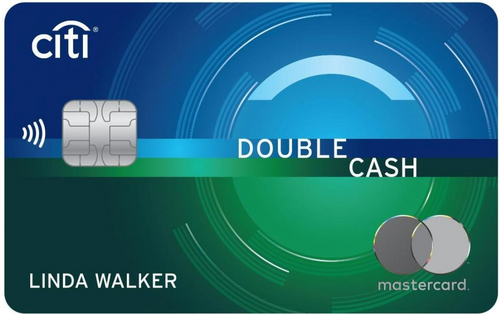[ad_1]
Free trial subscriptions give you a chance to test a service without committing. But how many times have you signed up for a new subscription only to forget to cancel it? If you’re like most Americans, it probably happens more often than you’d like to admit.
Approximately 48% of US adults have signed up for a subscription service’s free trial and forgotten to cancel it, according to a new CNET survey. Consistently making this mistake can add up to hundreds or more per year. But there’s an easy fix that can help you avoid this headache: using a virtual credit card.
A virtual credit card makes online purchases safer since it masks your real-life credit card data. And these cards also offer considerable benefits when it comes to managing subscriptions — especially when they come with a free trial.
What is a virtual credit card?
A virtual credit card is a unique digital card number that’s linked to your credit card account. It replaces the card number on your physical card, offering you better protection when shopping online.
Some issuers, like Capital One, may offer virtual credit cards numbers in app, making it easy to access. Others, like Chase or Wells Fargo, let you generate a virtual card when you connect your card to a digital wallet like Apple Pay or Google Pay.
Why you should use a virtual card for your subscription services
Using a virtual card number can make online transactions, including subscription services, safer. And it could save you money.

Capital One’s in app virtual card generator
Screenshot by Courtney Johnston / CNET
This is especially true when you want to experiment with a free trial and you’re afraid you’ll forget to cancel before you’re charged, or if you want to beef up security for all your online transactions.
Many virtual cards are one-time use only, making them ideal for free subscriptions. If you forget to cancel, the subscription shouldn’t be able to charge you using your virtual card number. And even if your virtual card number can be used multiple times, you can typically lock your card to prevent new charges from going through or replace it with a new virtual card number.
Here’s why you should always use these digital cards instead of your physical credit card.
1. No more paying for subscriptions after the free trial period ends
Want to try a new service with a free trial that lasts 30 days, but you’re afraid you won’t cancel on time and will incur the monthly service fee?
If you pay with a traditional credit card and forget to cancel, you typically can’t dispute the charge. But if you use a virtual card that’s good for only one-time use, or if you lock or replace the virtual card number, then the service won’t be able to charge you and sign you up.
If you decide you want to keep the subscription, use a virtual card that’s good for multiple uses or update your payment method with a new virtual card after the trial period. This way you can easily cancel down the road, while still keeping your card information protected.
2. It’s easier to manage and cancel existing subscriptions
According to CNET’s survey, 81% of US adults polled have paid for one or more subscription services in the past year. Of that percentage, 12% said their subscriptions are outside of their budget, but they pay for them anyway. If that sounds like you, canceling an unused or unwanted subscription could help you find some more room in your annual budget.
If your virtual card is reusable — like some offered by Chase and Capital One — you can cancel the subscription whenever you want. You need only to deactivate the virtual card in your account and the subscription service provider won’t have your card on file to charge.
In most cases, cancelling your payment method will end your subscription. But there are a few services that may still try to bill you. In this instance, make sure you formally cancel with the service to be safe.
3. You can still earn rewards
Want to earn rewards on your subscription costs? Using your virtual card offers you all of the same benefits as using your actual credit card. So if you have a card that earns higher rewards for streaming services or food delivery apps, you’ll still accumulate rewards when using your virtual card number.
4. You’re protected in the event of a security breach
At this point, you’ve likely been part of one, if not several, data breaches. Using a virtual card to pay for your subscription can help keep some of your financial data safe if hackers gain access to a subscription’s database.
While they may still see your name, they won’t be able to see your actual card number. Instead, they’ll get their hands on only your virtual card number. If your virtual card isn’t reusable, this prevents them from using it. And even if it is, you can report a suspicious charge to your credit card company and then lock or cancel your virtual card.
Best virtual credit cards
The best credit cards that offer virtual card numbers come with valuable benefits like rewards for spending, intro APR offers and consumer protections. Here’s a rundown of some popular credit cards that let consumers use virtual card numbers:
- American Express® Gold Card*: This card earns 4x points at restaurants worldwide, 4x points on up to $25,000 spent at U.S. supermarkets each year (then 1x points), 3x points on flights booked with airlines or through amextravel.com and 1x points on other purchases. Cardholders can earn up to $240 per year in statement credits, and the card earns flexible Amex Membership Rewards points. A $250 annual fee applies.
- Apple Card*: The Apple Card doesn’t charge an annual fee, and cardholders earn 3% cash back at Apple.com and select merchants when paying with Apple Pay, 2% cash back on other spending with the card and Apple Pay, and 1% back on other purchases.
- Capital One Quicksilver Rewards Credit Card*: A flat-rate credit card that offers 1.5% cash back with no annual fee. Cardholders also get an intro APR that applies to purchases and balance transfers.
- Citi Double Cash® Card: Apply for the Citi Double Cash® Card to earn a flat 2% cash back on all purchases — 1% when a purchase is made and another 1% when it’s paid off. There’s no annual fee, and cardholders get a generous intro APR for balance transfers.
The bottom line
Virtual credit cards offer the same rewards and perks your credit card offers without sharing your actual credit card number, expiration date or CVV code. This helps keep your credit card information safe as you shop online while making it easier to cancel existing subscriptions.
Using a virtual card that’s good for only one-time use for free trials of subscriptions can be extra smart since the subscription-based service can’t automatically charge you for another month of services if you forget to cancel. If you decide a subscription is worth keeping after you have time to try it out, you can always log into your account and update your payment details.
*All information about the American Express Gold Card, Apple Card and Capital One Quicksilver Rewards Credit Card has been collected independently by CNET and has not been reviewed by the issuer.
Recommended Articles
The editorial content on this page is based solely on objective, independent assessments by our writers and is not influenced by advertising or partnerships. It has not been provided or commissioned by any third party. However, we may receive compensation when you click on links to products or services offered by our partners.
[ad_2]



